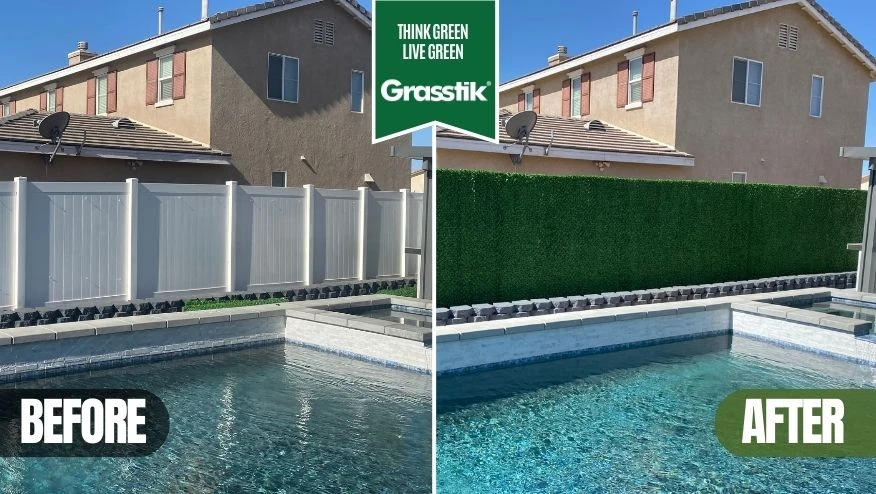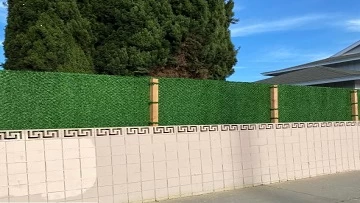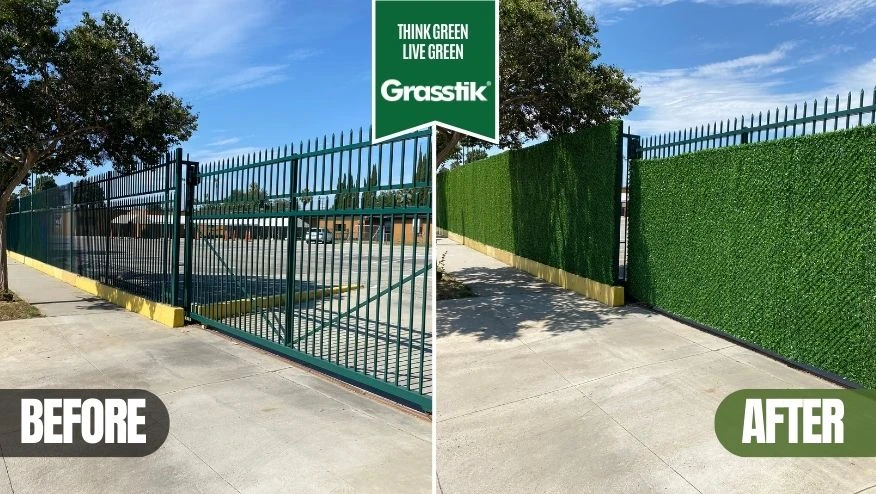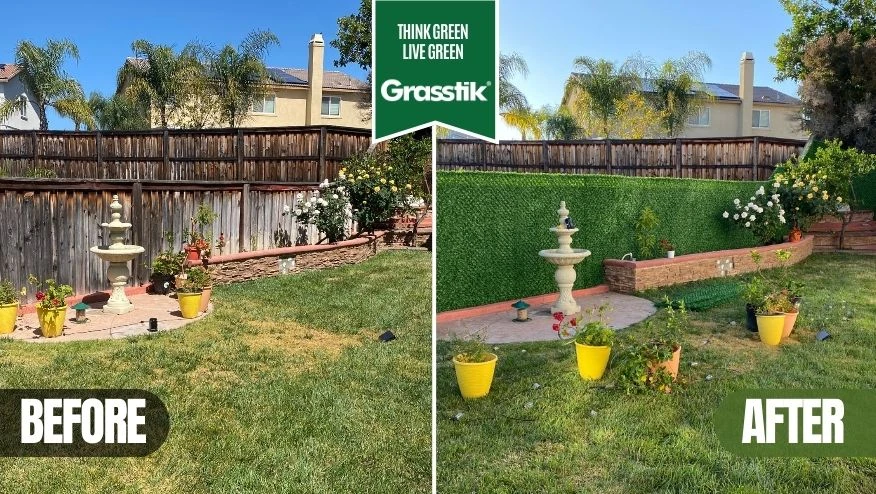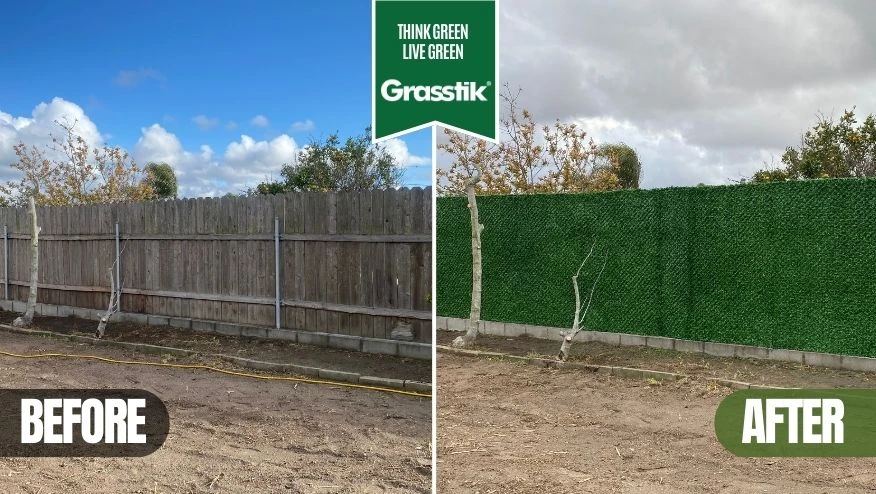
A perimeter fence encompasses more than just the boundaries of a property—it encapsulates security, privacy, and aesthetic values, all crucial for residential, commercial, or industrial areas. The choices in materials and designs are diverse, ranging from simple wooden barriers to sophisticated, high-tech options. Selecting the right perimeter fence involves understanding the specific needs it serves, including deterring unauthorized access, providing a safe enclosure, and enhancing property appeal. This guide aims to explore the various types, functionalities, and strategic considerations involved in choosing and installing the right perimeter fencing solution.
What is a Perimeter Fence?
Perimeter fencing is essentially a barrier that encircles an area to protect and define the property it surrounds. These fences serve multiple critical roles—from bolstering home security to ensuring privacy, marking property lines, and even augmenting the property’s aesthetic. The choice of a fence should be dictated by the specific needs of the property, which can vary widely from simple boundary demarcation to sophisticated security enhancements. When choosing a fence, it's important to consider local regulations and community standards, which can affect both the type of fence and the materials used.
The Importance of Perimeter Fences
Understanding the perimeter fence meaning reveals its multi-dimensional benefits. Primarily, these fences serve to increase security, acting as a deterrent to trespassers and enhancing safety for those within the property. They also provide substantial privacy, allowing property owners to enjoy their premises without external disturbances. For families, a robust perimeter fence is invaluable as it offers a safe play environment for children and pets, away from external dangers. Additionally, a well-chosen and aesthetically pleasing perimeter fence can significantly enhance the curb appeal and overall value of a property, making it a prudent investment in residential and commercial real estate.
Types of Perimeter Fences and Their Applications
The choice of perimeter fences is crucial as it impacts both the functionality and aesthetic appeal of a property. Different types cater to various needs, ranging from enhancing security to providing privacy or even serving as a decorative element. The materials and designs available today offer solutions for every requirement and budget, ensuring that there is a suitable option for any property, whether it's residential, commercial, or industrial.
Chain Link Fences
Chain link fences are highly valued for their durability and cost-effectiveness, making them a popular choice for securing properties. Known for their robustness, these fences are typically made from galvanized or coated steel wire interwoven in a diamond pattern. Chain link, or grass fence rolls, are particularly advantageous for large areas such as schools, parks, and industrial properties because they offer substantial boundary security without obstructing views. Their practicality extends to ease of installation and minimal maintenance, appealing to those needing a straightforward, reliable fencing solution.
Artificial Grass Fences
Artificial grass fences offer a unique blend of privacy and aesthetics, making them an excellent choice for those looking to enhance the visual appeal of their perimeter without sacrificing functionality. These fences, commonly referred to as grass fence panels, consist of synthetic grass attached to panels that can be installed against existing fences or as standalone barriers. They are particularly favored in urban environments where green space is limited, providing a lush, maintenance-free green wall that boosts privacy and sound insulation.
Wooden Fences
Wooden fences are a timeless choice that offer a natural aesthetic and can be tailored to fit numerous architectural styles. The versatility of wood allows for a variety of designs, from picket fences that add quaint charm to solid panels that ensure complete privacy. Garden perimeter fencing also offers the flexibility of being painted or stained to complement the landscape. Maintenance is crucial with wood, involving regular treatments to prevent rot, pests, and weather damage, ensuring the fence remains attractive and functional over time.
Vinyl Fences
Vinyl fencing is celebrated for its longevity and minimal maintenance requirements, making it an ideal choice for those seeking a durable yet attractive perimeter solution. This type of fence does not warp, rot, or rust, which stands in stark contrast to more traditional materials like wood or metal. Vinyl is also versatile in design, available in a range of colors and styles that can mimic the appearance of wood or ornamental iron without the associated upkeep, making it an increasingly popular option across various property types.
Wrought Iron Fences
Wrought iron fences are renowned for their strength and elegant appearance, often used to convey a sense of luxury and timeless beauty. These fences are particularly suited to historical or high-end properties where aesthetics are paramount. The durability of wrought iron is a major advantage, although it requires some maintenance to prevent rust, especially in harsh weather conditions. A garden perimeter fence made of wrought iron can also enhance security with its robust construction and difficult-to-breach design.
Electric Fences
Electric fences are a practical solution for enhancing security, primarily used to deter intruders and manage animal movements on larger properties. A perimeter security fence that is electrified provides a safe, non-lethal shock to discourage breaches, making it an effective deterrent for both wildlife and human trespassers. These fences are crucial in areas where security is a significant concern, offering peace of mind through active perimeter management.
Composite Fences
Composite fences combine the best of wood and plastic, providing an eco-friendly fencing solution known for its durability and low maintenance requirements. These fences do not succumb to rot, pests, or decay, and require no painting or sealing, making them a sustainable choice for modern properties. The strength and aesthetic appeal of composite materials make them a preferred option for perimeter fencing security, especially in environmentally conscious developments seeking long-term, low-impact solutions.
How to Choose the Right Perimeter Fence
Choosing the right perimeter fence involves a careful assessment of your specific needs and the unique characteristics of your property. It's essential to consider the primary function of the fence—whether it's for security, privacy, or aesthetic enhancement. The choice also depends heavily on the environment around the property, such as the local climate, soil conditions, and the overall landscape design. Integrating these considerations with your budget and personal style can help pinpoint the perfect fencing solution, turning broad perimeter fence ideas into a tailored plan that complements and enhances your property.
Assessing Your Needs
When selecting a perimeter fence, it's crucial to first evaluate what you need the fence to achieve. If privacy is a priority, solid panels made of wood or vinyl might be best. For security purposes, materials that offer durability and height, such as wrought iron or electric options, are ideal. Aesthetics should not be overlooked either; the fence should complement the architectural style of your home and surrounding landscape. Additionally, consider your budget not just for the initial outlay, but also for long-term maintenance and potential repairs. Balancing these factors effectively will guide you to the right choice.
Understanding Local Zoning Laws
Before installing a new fence, it’s vital to understand and comply with local zoning laws. These regulations can affect the height, material, and even the style of the fence you may install. Failing to adhere to these rules can lead to costly penalties and the need to modify or remove the fence entirely. It is advisable to contact your local planning office or consult with a professional fencing contractor to ensure that all necessary permits are obtained and that your fence meets all legal requirements. This step is crucial in avoiding legal complications and ensuring that your fence serves its intended purpose without disruption.
Installation Tips for a Robust Perimeter Fence
Installing a robust perimeter fence involves meticulous planning and execution. Whether you choose to do it yourself or hire professionals, understanding the process can help ensure that your fence is durable, functional, and compliant with local standards. The steps include site preparation, choosing the right materials for your specific needs, and carefully following installation techniques to secure the structure effectively.
Planning Your Fence Installation
Planning your fence installation begins with a thorough measurement of your property to determine the necessary number of materials and to identify any potential obstacles. It’s crucial to choose materials that suit both the purpose of the fence and the environmental conditions of your area. For example, wooden fences might be ideal for privacy and aesthetics, but may not withstand humid climates as well as vinyl or composite materials. Additionally, consider the tools and additional components like gates or enhanced security features, such as barbed wire or security cameras, which will need to be integrated during installation.
Installing Your Fence
The installation process typically follows these steps:
- Mark the Boundary: Use stakes and string to define where the fence will go, ensuring straight lines and even spacing.
- Dig Post Holes: Depending on the fence type, holes should be approximately 2-3 feet deep and wide enough to support the posts.
- Set Posts: Place the posts in the holes and secure them with concrete, ensuring they are vertical and uniformly spaced.
- Attach Panels or Rails: Once the posts are secure, attach the panels, boards, or rails, making sure they are evenly placed and securely fastened.
- Apply Finishes: If necessary, apply paint, stain, or sealant to protect the materials from weathering and to enhance their appearance.
Professional Installation Services
For more complex fence types like wrought iron or electric fences, professional installation is often recommended. These fences require specialized skills and equipment for proper installation, ensuring perimeter fence security is not compromised. Professional installers can also guarantee that the fence meets all local regulations and is installed with precision. Consider professional services especially if the terrain is challenging or if the fence design is particularly intricate.
DIY vs. Professional Installation: What to Choose?
Deciding between DIY and professional installation involves weighing several factors:
- Cost: DIY can be more cost-effective but might incur extra expenses if errors occur.
- Time: DIY projects can be time-consuming, especially without prior experience.
- Complexity: Simple fence designs might be manageable DIY projects, while complex systems like perimeter fence security systems often require professional expertise.
- Quality and Warranty: Professionals generally offer a warranty, ensuring durability and compliance with standards.
Ultimately, the choice depends on your confidence in your DIY skills, the type of fence, and the importance of guaranteed quality and durability. For high-security or high-value properties, professional installation is typically the safer investment.
Maintenance and Care for Perimeter Fences
Maintaining your perimeter fence is crucial for ensuring its longevity, functionality, and aesthetic appeal. Regular care not only extends the life of the fence but also helps to prevent potential security breaches caused by weakened structures. Each type of fence has its specific maintenance requirements, influenced by material properties and environmental factors. Addressing these needs through routine checks and maintenance can save significant time and expense over the life of the fence.
Routine Maintenance Tips
Effective maintenance strategies vary by fence type:
- Wooden Fences: Inspect regularly for signs of rot, insect damage, or weathering. Staining or painting wooden fences every few years will help protect them from the elements and keep them looking fresh.
- Vinyl and Composite Fences: These require less maintenance but should be cleaned regularly with soap and water to prevent mildew build-up and staining.
- Chain Link Fences: Check for and address any rust spots; oiling the hinges and gates can also prevent squeaking and rust.
- Wrought Iron Fences: Rust is the main concern; applying a rust-inhibiting paint every few years can curb this issue.
- Electric Fences: Regularly check the voltage and ensure the fence line is clear of vegetation to maintain its effectiveness.
- Artificial Grass Fences: Artificial grass components might be faded, and some parts might fall, it’s always better to check it from time to time.
By adhering to these maintenance tips, you can ensure that your fence remains both functional and visually appealing for many years.
Repair and Replacement
Understanding when to repair or replace a fence is key to maintaining perimeter security and aesthetics. Common issues requiring attention include:
- Loose or Missing Components: This can be a quick fix if parts are still in good condition; otherwise, replacement might be necessary.
- Significant Rust or Corrosion: When more than 25% of the fence shows signs of rust or corrosion, consider a full replacement to ensure structural integrity.
- Persistent Mold or Rot in Wooden Fences: If localized, replace affected boards; if widespread, a new fence may be required.
- Damage from Accidents or Severe Weather: Assess the extent; minor damages can be repaired, but extensive destruction often warrants replacement.
Fences are critical infrastructure for any property, and understanding the balance between maintenance, repair, and replacement can help in making cost-effective and practical decisions about your perimeter fence care.

